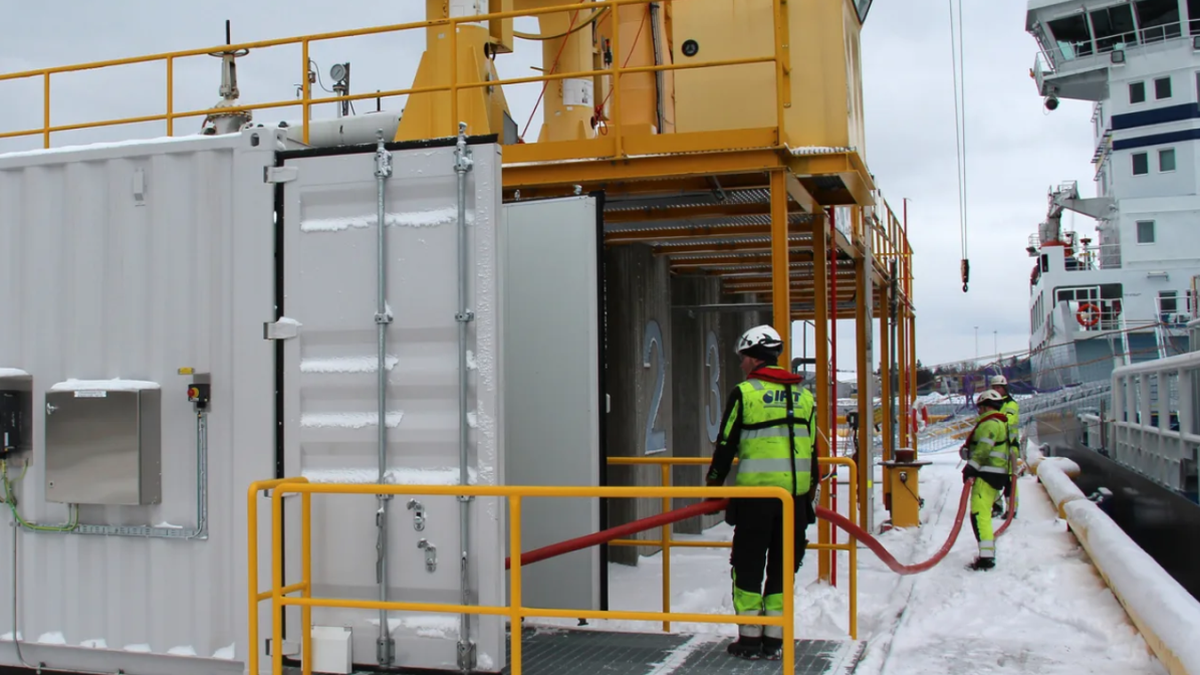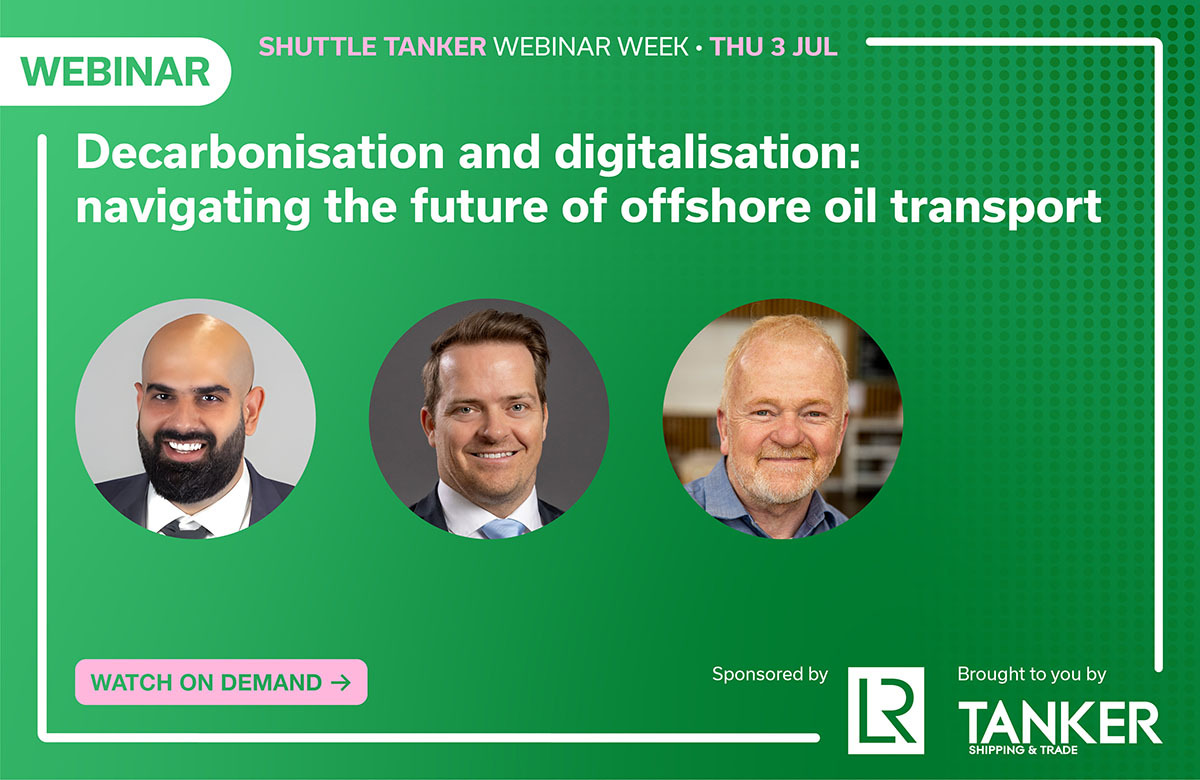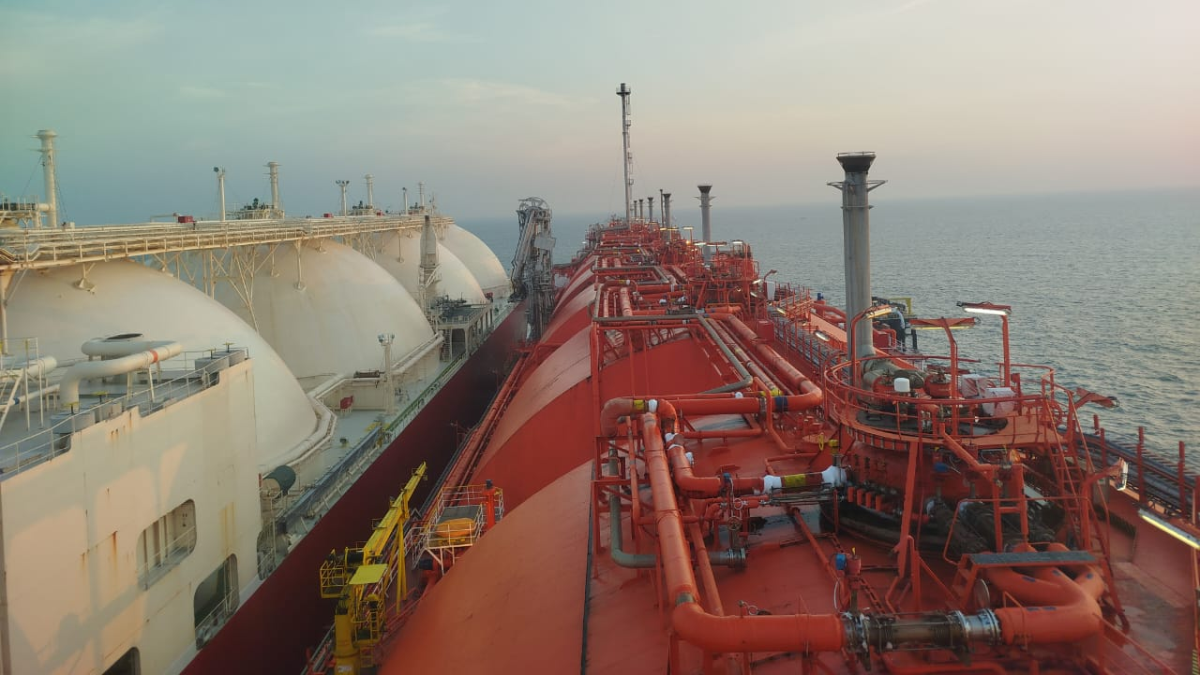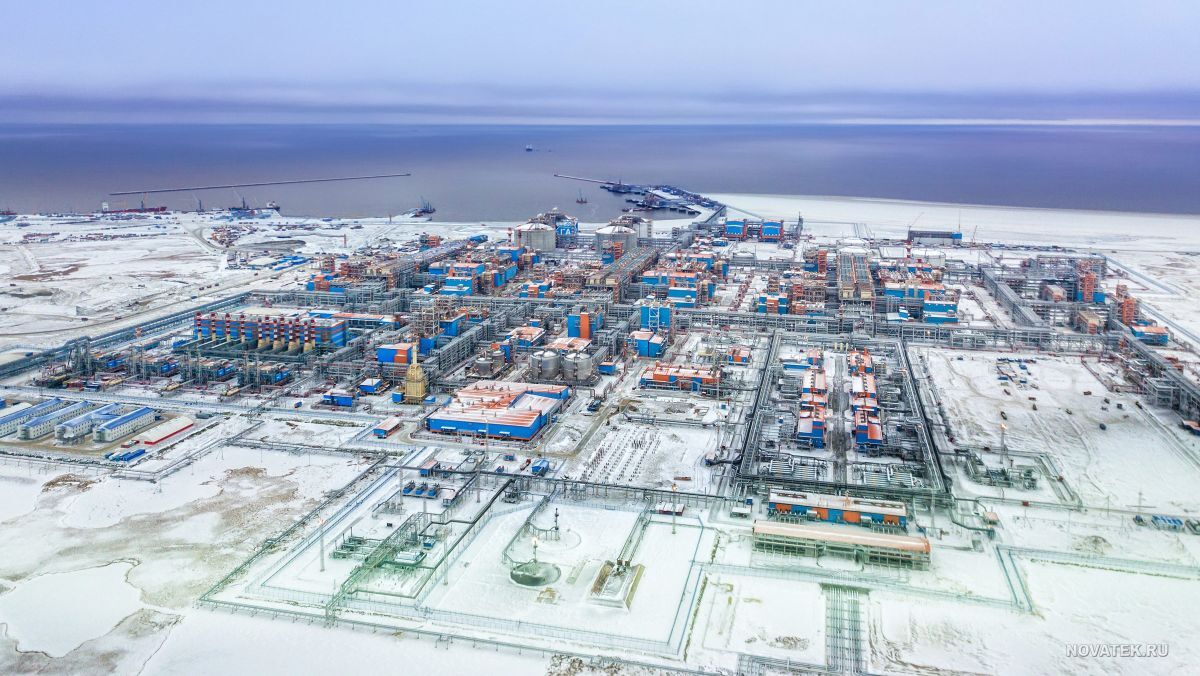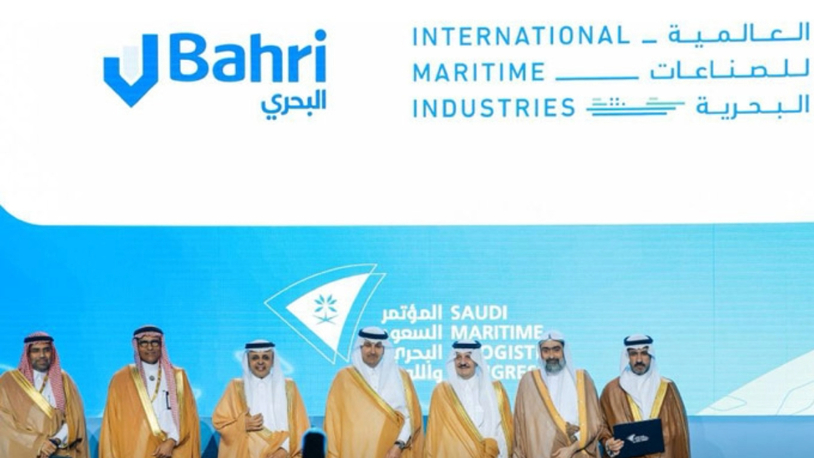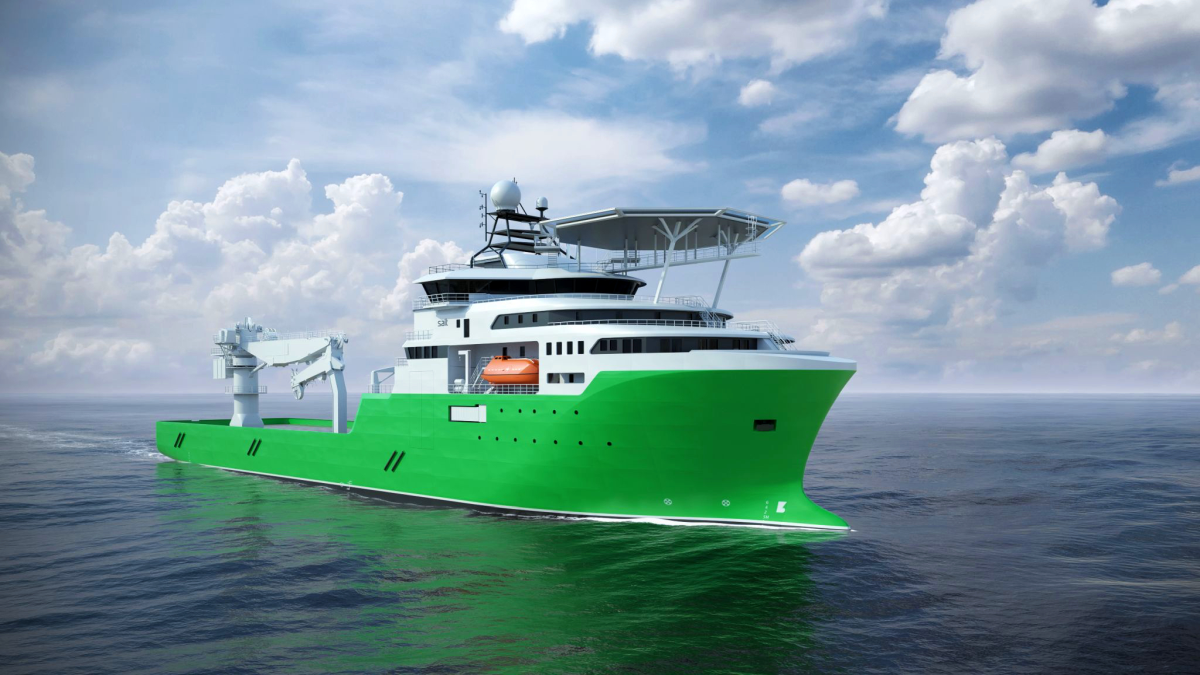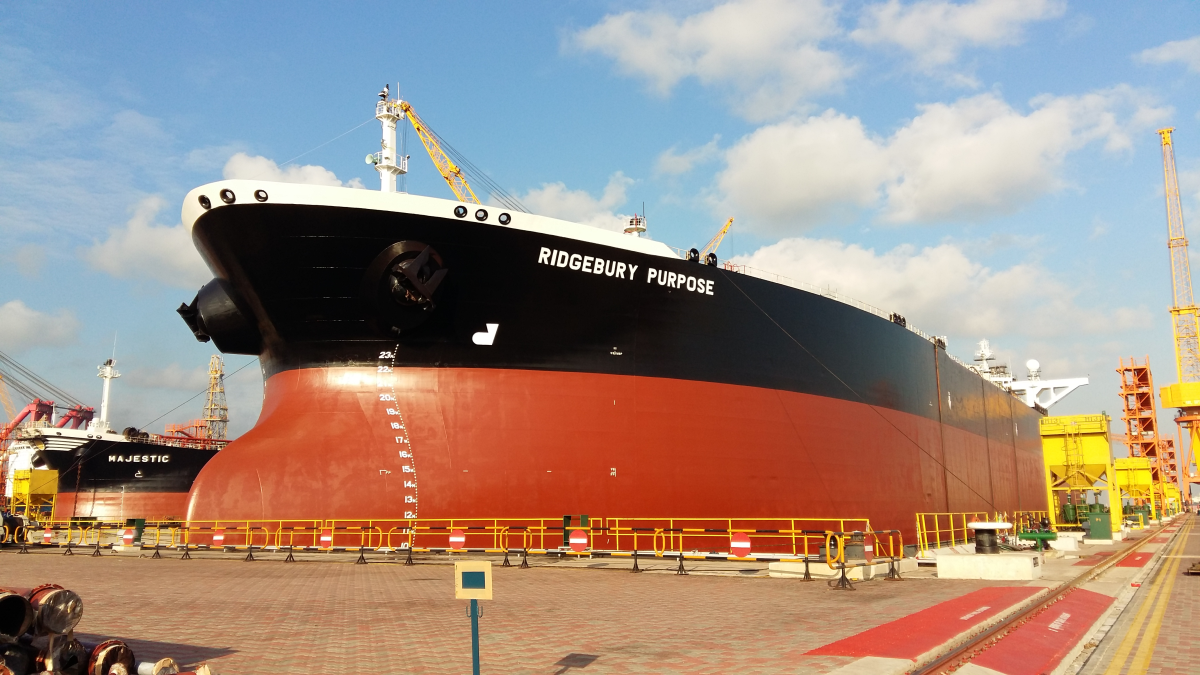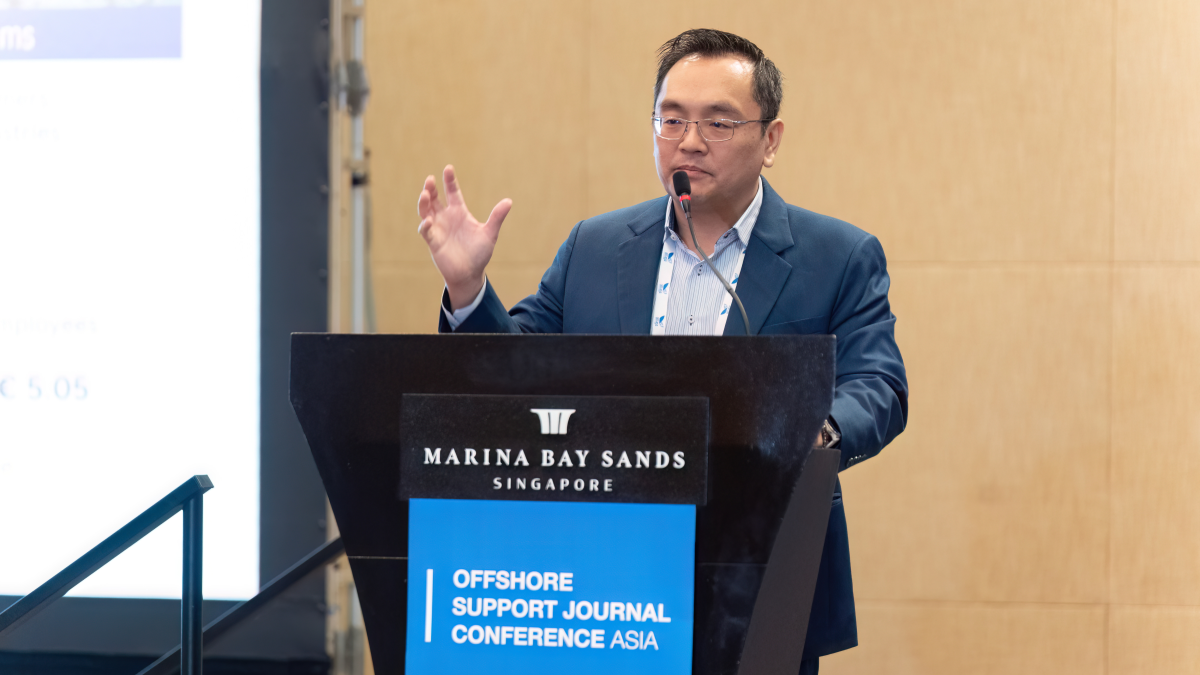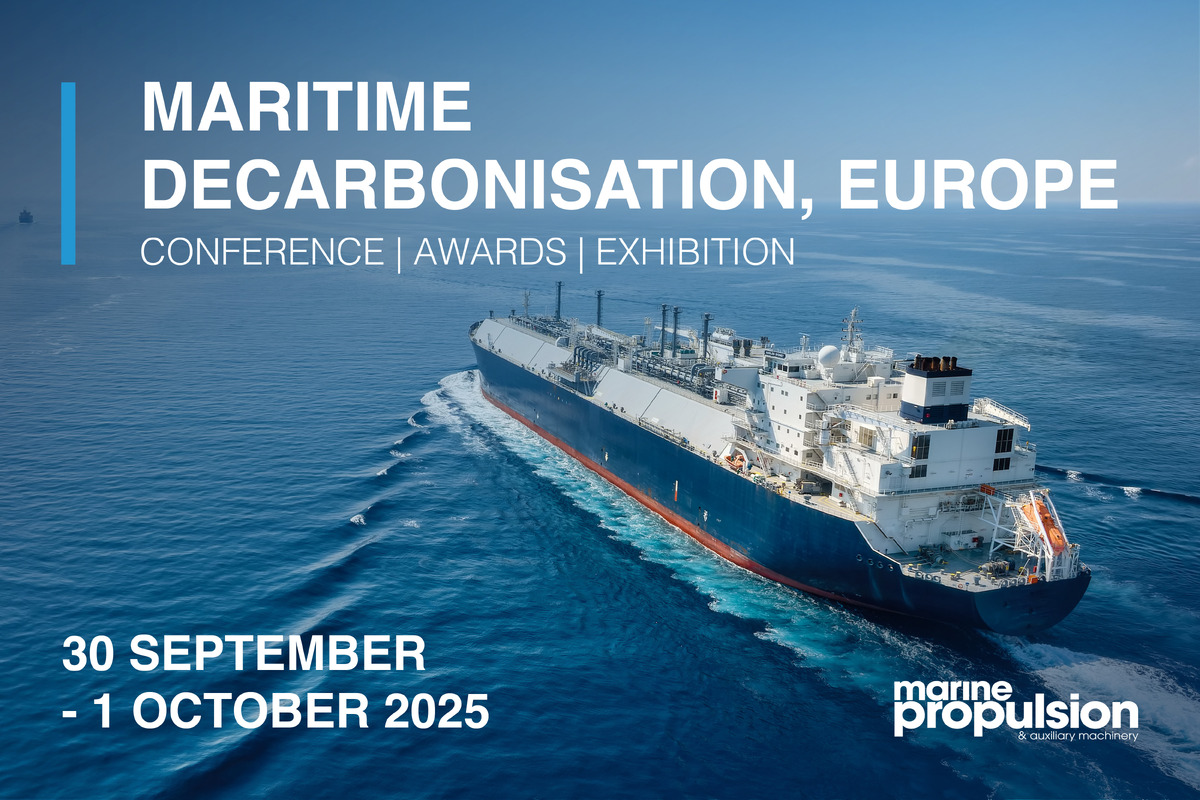Business Sectors
Events
Contents
Register to read more articles.
Shuttle tanker sector faces retrofit hurdles, charterer disconnect
Panellists stress the importance of flexible vessel design, charterer alignment and realistic retrofits for decarbonising shuttle tanker operations
The decarbonisation of shuttle tankers presents a complex technical and commercial puzzle, with operational constraints, fleet-specific demands and split incentives between owners and charterers at the centre of the challenge.
These themes were explored during Riviera’s webinar Decarbonisation and digitalisation: navigating the future of offshore oil transport, held 3 July 2025.
Vesops director Soren Vinther Hansen presented a case study demonstrating shuttle tanker fuel consumption could be reduced by up to 35% through a combination of operational changes, crew engagement and retrofit measures, “A lot can be done just by changing the operations of the equipment,” he said, adding the majority of vessel idling – often more than 60% of time – is not reflected in how energy systems are currently managed.
Vesops’ approach combines desktop analysis, crew interviews and onboard measurements to assess retrofit viability and Mr Hansen noted many vessels lack basic variable-frequency drives, leading to excessive auxiliary load.
Payback periods for optimisation measures ranged up to five years, but averaged 2.6 years in the presented case.
From a regulatory perspective, Lloyd’s Register global tankers segment director Theo Kourmpelis warned shuttle tankers will face increasing compliance pressure under IMO’s Fuel Standard and EU regulations. Fuel costs under non-compliance scenarios could rise from US$140 per tonne in 2028 to nearly US$500 per tonne by 2035.
He added shuttle tankers’ energy-dense and short-voyage operations make them particularly exposed to the revised Carbon Intensity Indicator.
Mr Kourmpelis highlighted the potential compliance value of technologies such as VOC cofiring with LNG and reiterated the urgency of accounting for penalties when assessing return on investment, “What Soren presented is even more valuable if you factor in the upcoming emissions penalties,” he said.
However, Maran Shuttle Tankers sustainability director Christian Fjell cautioned while the technical solutions are understood, commercial realities remain obstructive, “There is a business case dilemma,” he said. “It is the shipowner who is doing the investment, and the charterer who benefits from the fuel savings.”
A proposed hybrid battery-waste heat recovery retrofit valued at US$5M per vessel was rejected by a Norwegian state aid body for failing to overcome the contract structure barrier.Mr Fjell observed he EU ETS and FuelEU Maritime schemes have made emissions a more active concern for charterers, “It raises a lot of eyebrows and brings the issue up the agenda,” he said.
Biofuel trials are ongoing across Maran’s fleet, but newer solutions such as onboard carbon capture and ammonia-fuelled tankers remain limited by infrastructure and availability.
On the infrastructure side, the adoption of shore power remains elusive, with the poll results showing 56% of attendees identified “lack of terminal-side infrastructure investment” as the biggest hurdle.
In addition, 67% of attendees said owners should invest in dual-ready or flexible platforms, while 50% believe digital tools should serve as a bridge between technical systems and ESG or charterer transparency demands.
Related to this Story
Events
Maritime Decarbonisation, Europe: Conference, Awards & Exhibition 2025
Offshore Support Journal Conference, Americas 2025
LNG Shipping & Terminals Conference 2025
© 2024 Riviera Maritime Media Ltd.


